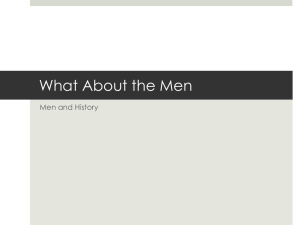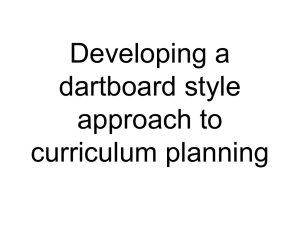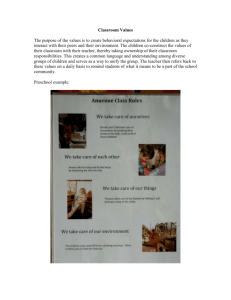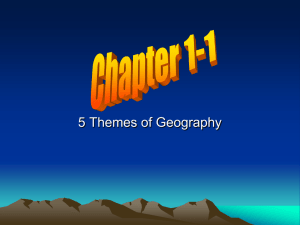Learning Target Unit The Canterbury Tales
advertisement
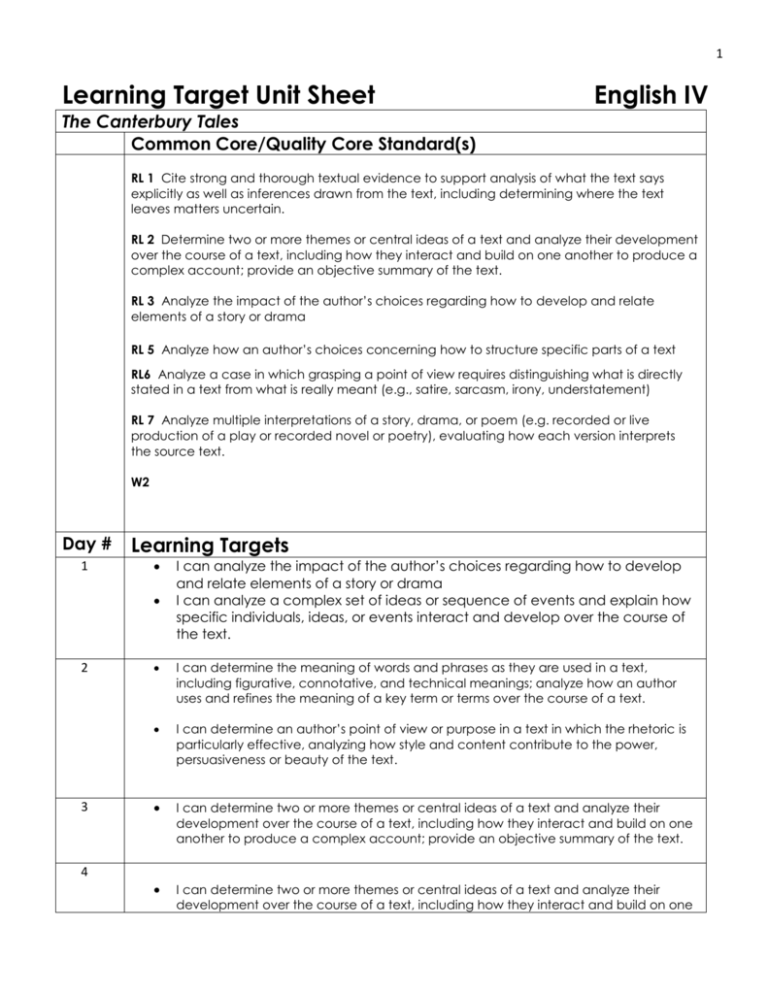
1 Learning Target Unit Sheet English IV The Canterbury Tales Common Core/Quality Core Standard(s) RL 1 Cite strong and thorough textual evidence to support analysis of what the text says explicitly as well as inferences drawn from the text, including determining where the text leaves matters uncertain. RL 2 Determine two or more themes or central ideas of a text and analyze their development over the course of a text, including how they interact and build on one another to produce a complex account; provide an objective summary of the text. RL 3 Analyze the impact of the author’s choices regarding how to develop and relate elements of a story or drama RL 5 Analyze how an author’s choices concerning how to structure specific parts of a text RL6 Analyze a case in which grasping a point of view requires distinguishing what is directly stated in a text from what is really meant (e.g., satire, sarcasm, irony, understatement) RL 7 Analyze multiple interpretations of a story, drama, or poem (e.g. recorded or live production of a play or recorded novel or poetry), evaluating how each version interprets the source text. W2 Day # 1 Learning Targets 2 3 I can analyze the impact of the author’s choices regarding how to develop and relate elements of a story or drama I can analyze a complex set of ideas or sequence of events and explain how specific individuals, ideas, or events interact and develop over the course of the text. I can determine the meaning of words and phrases as they are used in a text, including figurative, connotative, and technical meanings; analyze how an author uses and refines the meaning of a key term or terms over the course of a text. I can determine an author’s point of view or purpose in a text in which the rhetoric is particularly effective, analyzing how style and content contribute to the power, persuasiveness or beauty of the text. I can determine two or more themes or central ideas of a text and analyze their development over the course of a text, including how they interact and build on one another to produce a complex account; provide an objective summary of the text. I can determine two or more themes or central ideas of a text and analyze their development over the course of a text, including how they interact and build on one 4 2 another to produce a complex account; provide an objective summary of the text. 5 I can determine two or more themes or central ideas of a text and analyze their development over the course of a text, including how they interact and build on one another to produce a complex account; provide an objective summary of the text. I can determine two or more themes or central ideas of a text and analyze their development over the course of a text, including how they interact and build on one another to produce a complex account; provide an objective summary of the text. I can analyze the impact of the author’s choices regarding how to develop and relate elements of a story or drama 8 9 I can analyze multiple interpretations of a story, drama, or poem (e.g. recorded or live production of a play or recorded novel or poetry), evaluating how each version interprets the source text. I can determine the meaning of words and phrases as they are used in a text, including figurative, connotative, and technical meanings 10 6 7 11 I can determine an author’s point of view or purpose in a text in which the rhetoric is particularly effective, analyzing how style and content contribute to the power, persuasiveness or beauty of the text. I can determine two or more themes or central ideas of a text and analyze their development over the course of a text, including how they interact and build on one another to produce a complex account; provide an objective summary of the text. I can determine an author’s point of view or purpose in a text in which the rhetoric is particularly effective, analyzing how style and content contribute to the power, persuasiveness or beauty of the text. I can determine two or more themes or central ideas of a text and analyze their development over the course of a text, including how they interact and build on one another to produce a complex account; provide an objective summary of the text. I can determine an author’s point of view or purpose in a text in which the rhetoric is particularly effective, analyzing how style and content contribute to the power, persuasiveness or beauty of the text. I can determine two or more themes or central ideas of a text and analyze their development over the course of a text, including how they interact and build on one another to produce a complex account; provide an objective summary of the text. I can determine an author’s point of view or purpose in a text in which the rhetoric is particularly effective, analyzing how style and content contribute to the power, persuasiveness or beauty of the text. I can determine two or more themes or central ideas of a text and analyze their development over the course of a text, including how they interact and build on one another to produce a complex account; provide an objective summary of the text. 14 I can analyze a case in which grasping a point of view requires distinguishing what is directly stated in a text from what is really meant 15 I can analyze a case in which grasping a point of view requires distinguishing what is directly stated in a text from what is really meant 12 13 3 16 I can organize complex ideas and information to make important connections and distinctions I can select well-chosen, relevant, sufficient: facts, definitions, details, other appropriate information, and examples appropriate to the audience’s knowledge of the topic. I can determine appropriate use of syntax to: link major sections, create cohesion , clarify in text I can select precise language and domain specific vocabulary to manage the complexity of the text I can employ figurative devices (like simile, metaphor, analogy) to enhance the piece I can determine an appropriate formal style




